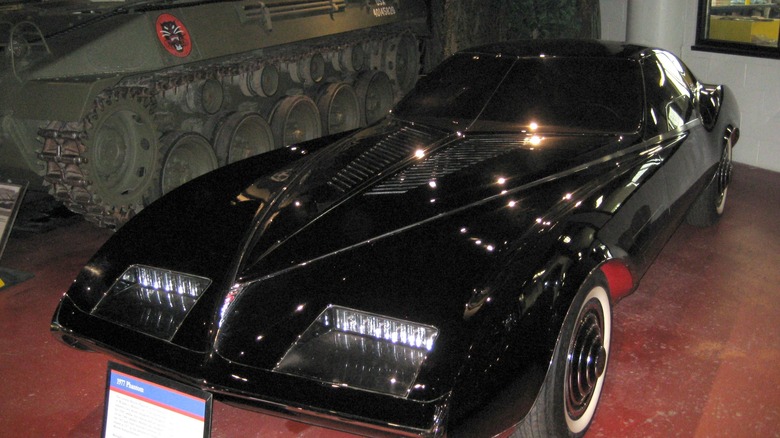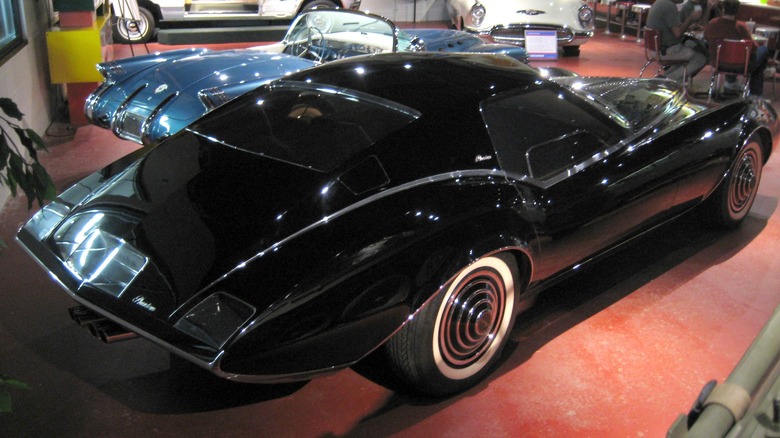The Phantom: Pontiac's Sleek Coupe Concept That Never Made Production
Designer Bill Mitchell joined General Motors in 1935, and two years later, he was promoted to chief designer of the Cadillac division. By the time Mitchell retired in 1977, he had worked his way up to vice president of design for all of GM's divisions. At that time, he was responsible for designing the Pontiac Firebird, Chevrolet Camaro, Chevrolet Corvette, and Buick Riviera. His designs were eventually turned into more than 100 million cars.
In the Fall of 1957, after returning from the Turin motor show, Mitchell had the inspiration to combine the Corvette's design with some of the seeds that had been planted during his trip to Italy. Unfortunately, earlier that year, the Automobile Manufacturer's Association had banned any performance or racing-related development by American automakers in reaction to the horrific crash at the 1955 24 Hours of Le Mans, which killed 83 spectators and injured hundreds more.
Faced with the prospect of killing off his beloved Corvette, a defiant Mitchell set up a secret studio in a basement file room where GM's legal eagles couldn't find him. He assembled a small team of trusted designers to prepare GM for when the racing ban was lifted. As it came to be known, Studio X was the birthplace of some futuristic designs over the next decade, including the Monza Shark, the Mako Shark, and the Monza GT. In 1967, Irv Rybicki took over as head of styling for GM and shuttered Studio X, but Mitchell reopened the studio 10 years later for one last project as he prepared for retirement.
Featured image by John Lloyd via Wikimedia Commons |Cropped and scaled | CC by 2.0
The Pontiac Phantom now lives in a Michigan museum
That sleek, batmobile-esque creation was the Pontiac Phantom, for which Mitchell handed over design responsibilities to Bill Davis. Initially, Pontiac was intrigued enough by the concept to consider building the car on a 1967 Grand Am chassis, but the division later reconsidered. GM Vice Chairman Howard Kehrl later killed the project, and the mock-up was almost destroyed, but the Phantom's body was eventually preserved and is now housed in the Sloan Museum in Flint, Michigan.
The spirit of Studio X lived on after Mitchell's retirement in 1977 and death 11 years later. Inspired by stories of Studio X, Ed Welburn, who served as vice president of design at GM from 2003 through 2016, set up his own secret studio to design the 2006 Chevy Camaro.
In 2017, Welburn told Motor Trend that the original Studio X was a legendary mystery in the 1960s and 70s. "I knew there were special projects being done somewhere in the basement, but I never tried to find it. It was always off-limits. I didn't even know where it was when I worked for Mitchell."

